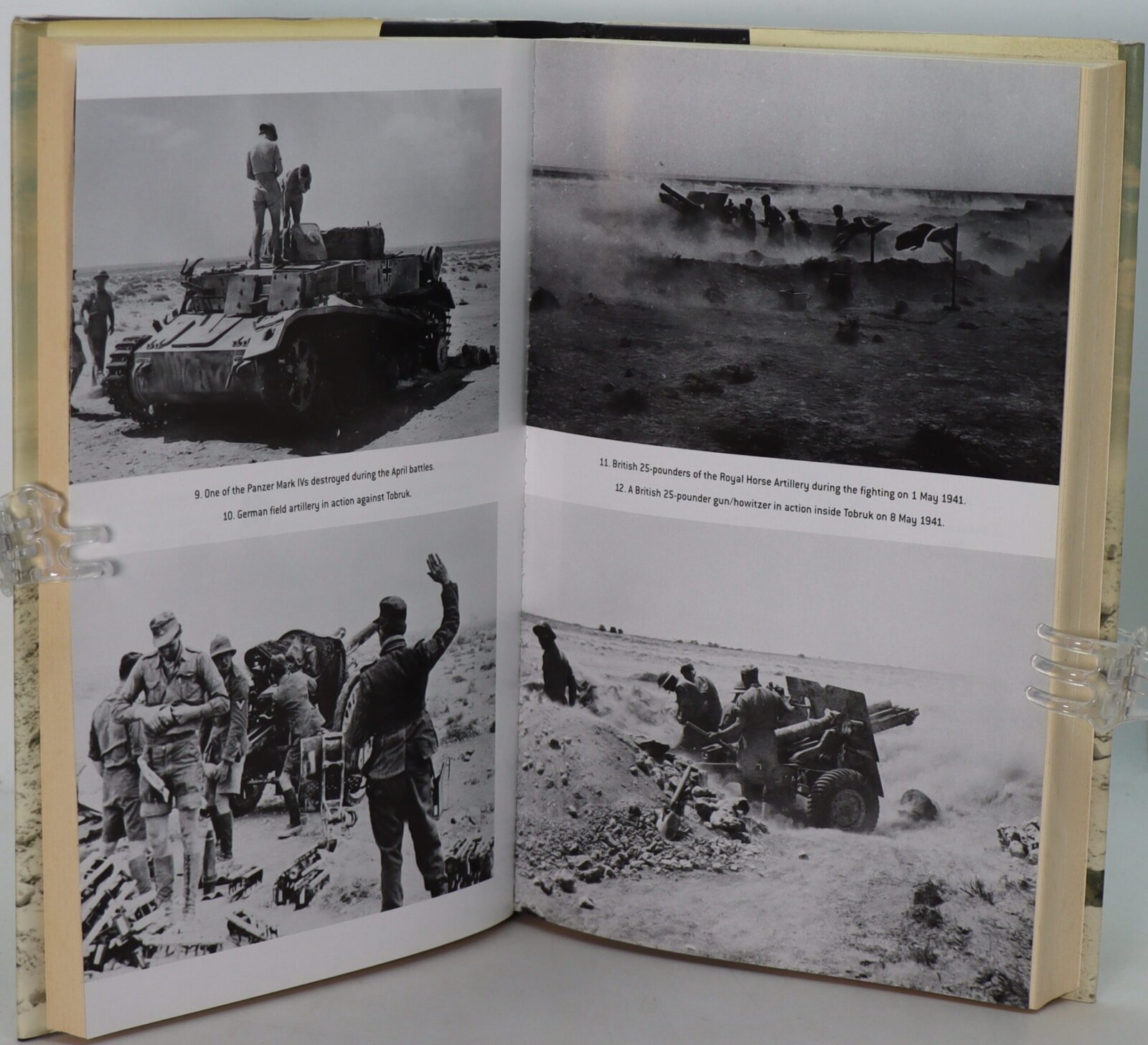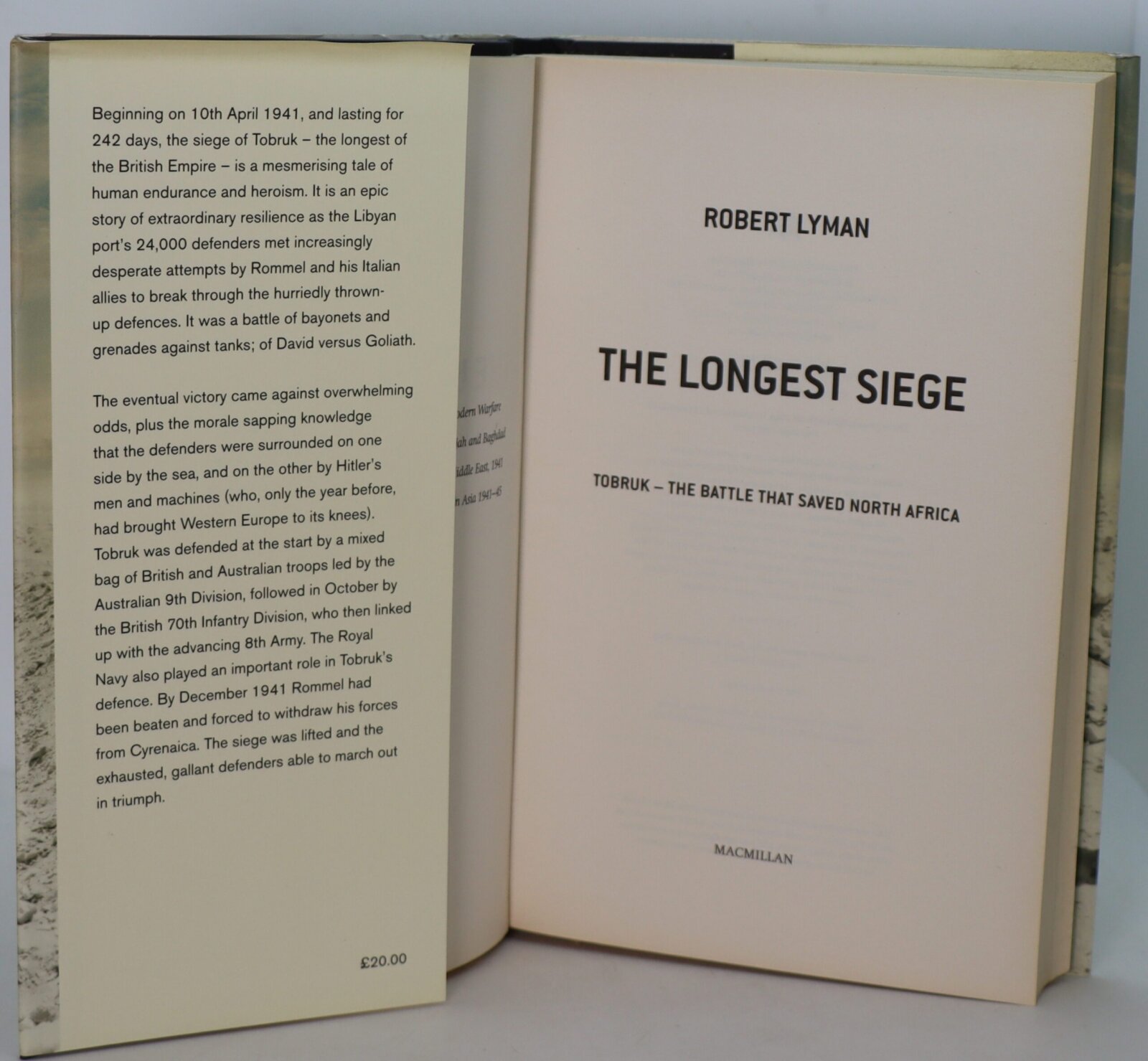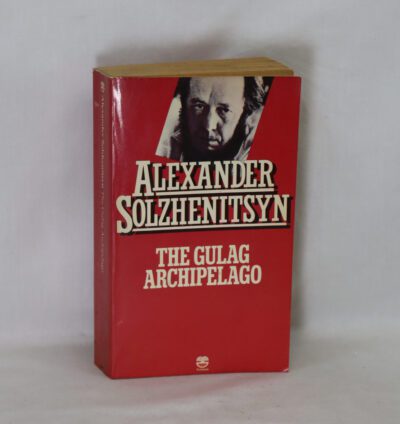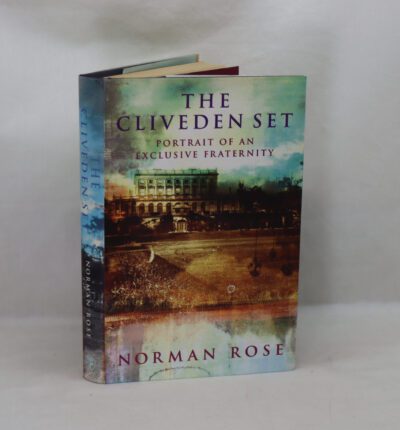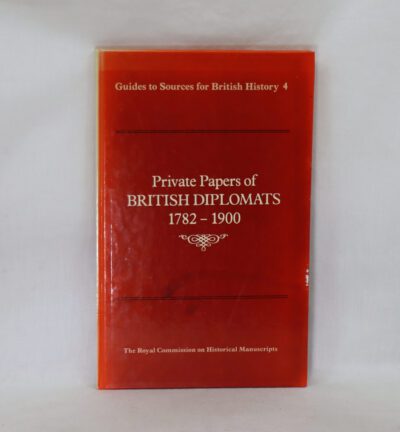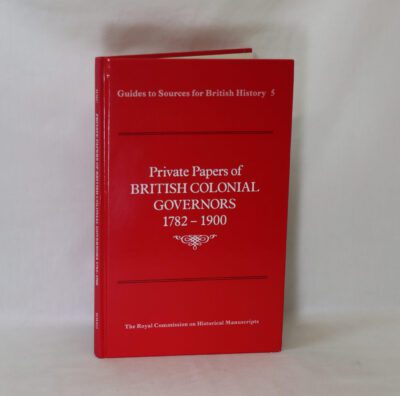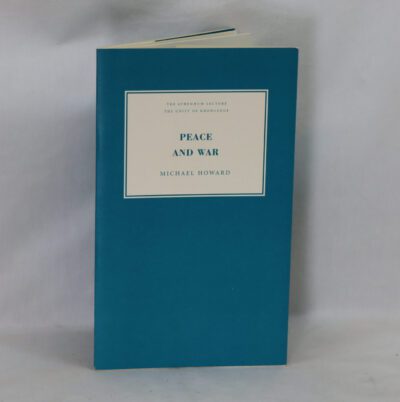The Longest Siege.
By Robert Lyman
ISBN: 9780330510813
Printed: 2009
Publisher: Macmillan. London
Edition: First edition
| Dimensions | 16 × 24 × 3.5 cm |
|---|---|
| Language |
Language: English
Size (cminches): 16 x 24 x 3.5
Condition: Fine (See explanation of ratings)
Item information
Description
In the original dustsheet. Black cloth binding with gilt title on the spine.
F.B.A. provides an in-depth photographic presentation of this item to stimulate your feeling and touch. More traditional book descriptions are immediately available.
Review: If only all military history could be as readable as this as perhaps, I could get through the piles of books awaiting attention on my shelves in half the time! I’m always slightly weary of saying that I `enjoyed’ any work about warfare as the subject matter isn’t meant to entertain; however, some works are made all the grimmer by colourless prose and dull lists of unit numbers, dates & times and other military jargon. Robert Lyman manages to strike a near perfect balance of enough detail and facts to keep the military buffs happy whilst peppering his narrative with many well-chosen personal accounts that enhance the human element to the story. In addition, at least for the first half of the book, he doesn’t lose sight of the wider strategic picture and the reader can appreciate the reasons for the sacrifices needed.
This work doesn’t just cover the 1941 siege of Tobruk but gives a pretty extensive account of the Western Desert campaign from its beginnings with the Italian invasion of Egypt in 1940 up to the end of the siege with Operation Crusader. The book covers the 70th Division’s breakout contribution to Operation Crusader in some detail but only lightly touches upon the wider parts of the operation by 8th Army’s other units.
If it came down to sheer readability this would get the full five stars, however reluctantly I have to knock off a point for some omissions. The work is mainly drawn from a British and Australian perspective and in this the British artillery, armour and anti-aircraft units get an equal share of the limelight with the Diggers. There are some German voices included but the Italians are noticeable by their absence. Once the siege gets underway, the author is primarily interested in the details of life under constant air attack and the conditions of the troops in the field. At this point we lose the wider strategic decisions affecting the outcome, in particular, the commencement of Operation Barbarossa in June 1941 which diverted German attention away from North Africa and the British planning and build-up for Operation Crusader. There is also little follow-up at the end with barely a mention of the Tobruk’s fall in 1942.
These omissions however do not distract from an otherwise compelling story told with real skill and gusto. The author knows how strike the right balance between exposition and first-hand accounts of the participants. This is a book which anyone with an interest in recent history should find a rewarding experience and I for one shall definitely be adding more of Mr Lyman’s works to my reading list.
Robert Lyman: Born in New Zealand in 1963 Dr Robert Lyman was educated at Scotch College, Melbourne and the Royal Military Academy, Sandhurst. He spent twenty years as an officer in the British Army. He has degrees from the universities of York, Wales (Aberystwyth), Cranfield, London (King’s College) and East Anglia. He is a Fellow of the Royal Historical Society. He has been passionate about history ever since he can remember. He writes (and reads) for pleasure. He has been a trustee for many years of the Kohima Educational Trust, which provides educational support to young learners in Nagaland. He lectures as far afield as York and Taipei, and is a regular contributor to TV documentaries and current affairs programmes.
Want to know more about this item?
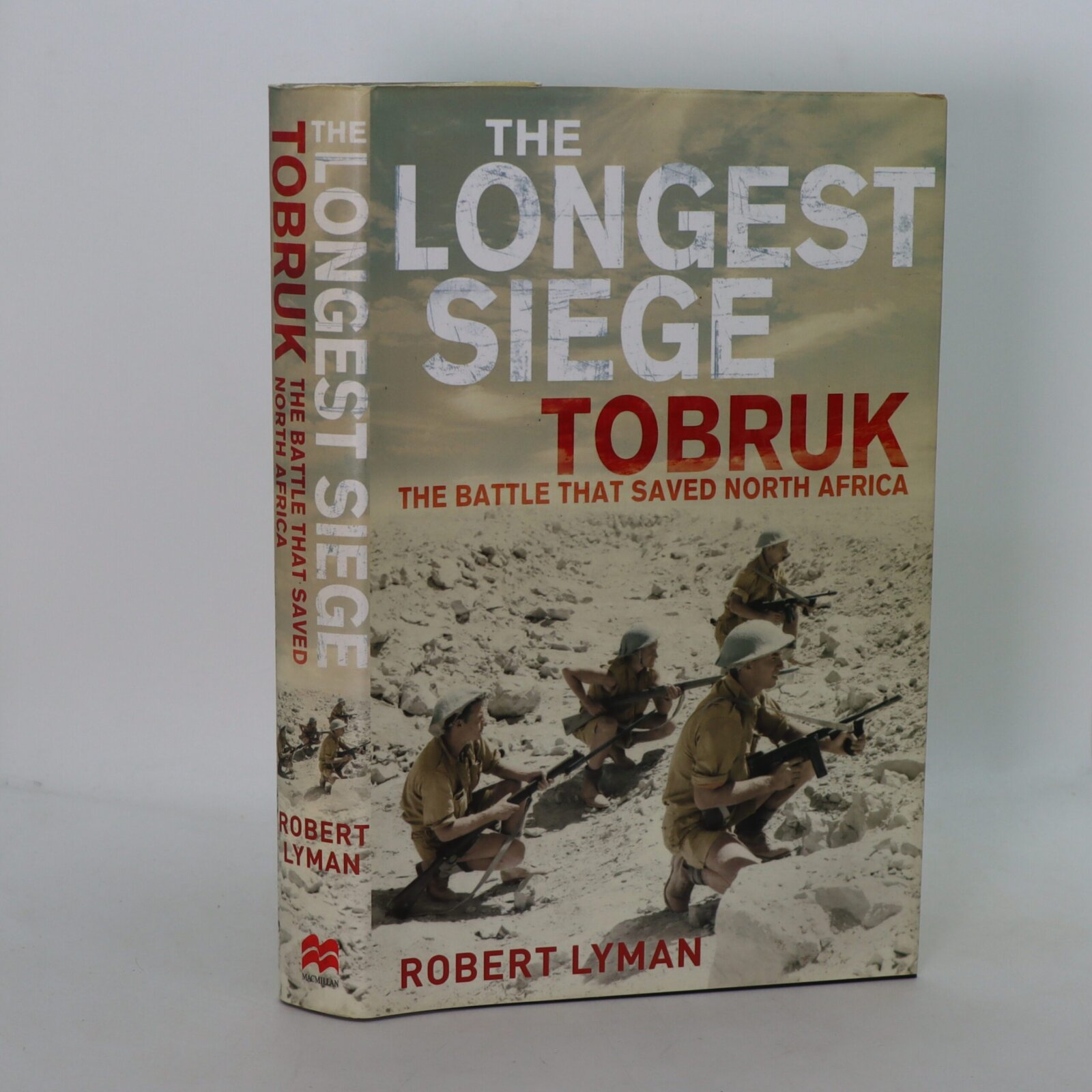
Related products
Share this Page with a friend

